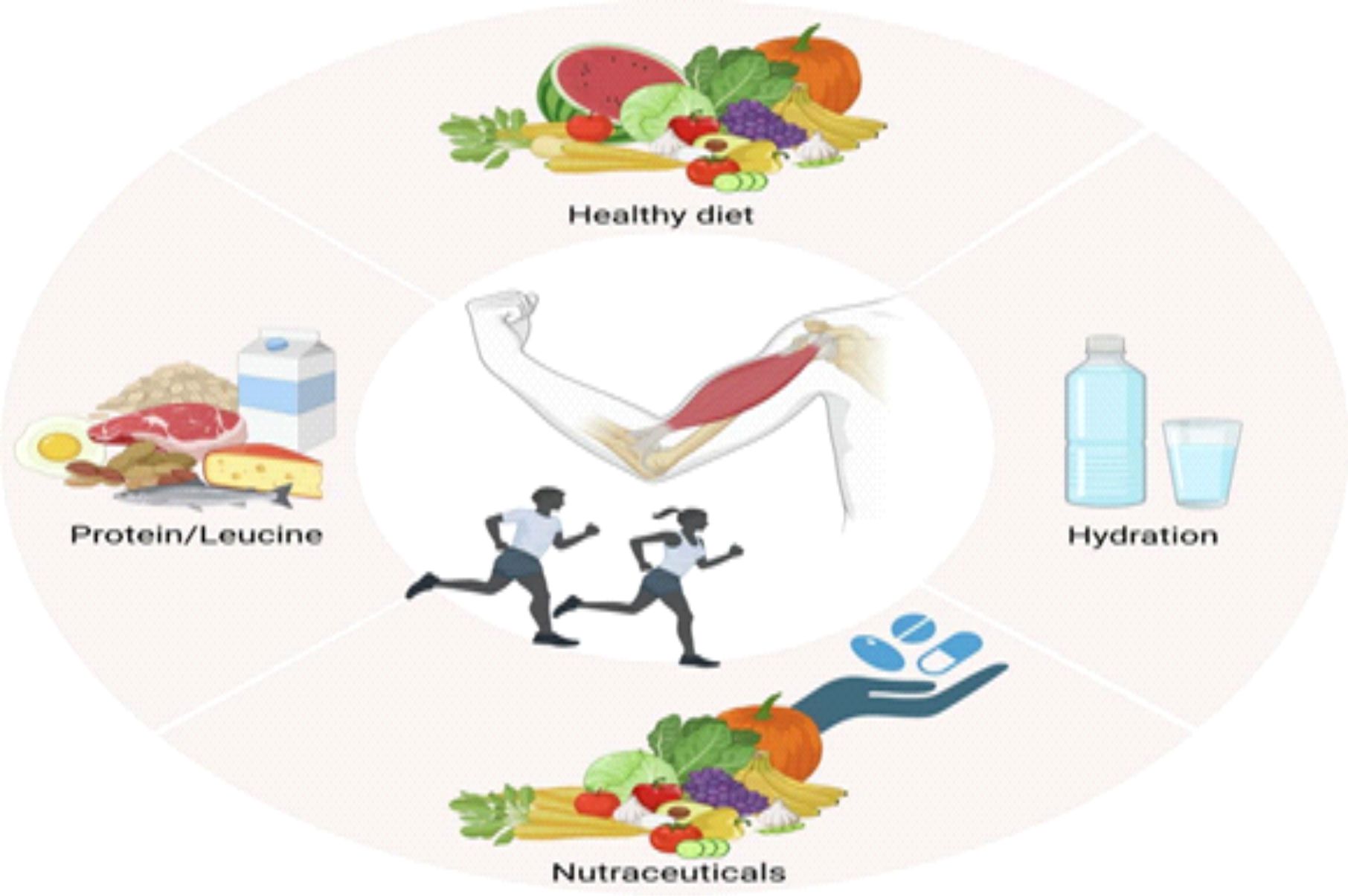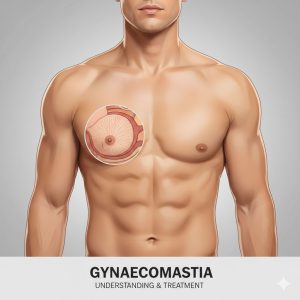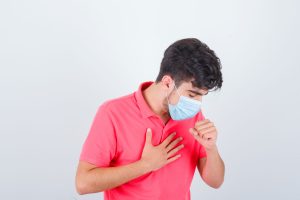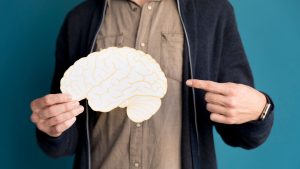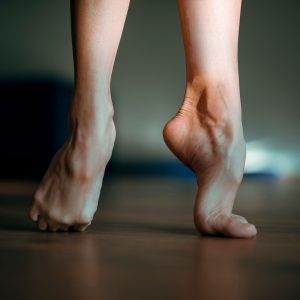As we age, it’s common to notice reduced strength and energy. But when this weakness starts interfering with daily activities, it may not just be “normal aging.” It could be sarcopenia – the age-related, progressive loss of skeletal muscle mass, strength, and function.
Globally, sarcopenia affects 10–27% of older adults, making it one of the most overlooked but significant health concerns in aging populations.
What is Sarcopenia?
Sarcopenia is more than just muscle loss. It impacts mobility, independence, and overall quality of life.
The three main components are:
- Low muscle strength
- Low muscle quantity/quality
- Low physical performance
Why Does Sarcopenia Happen?
Muscle atrophy (wasting) occurs due to a mix of primary and secondary causes:
- Primary Causes:
- Reduced physical activity
- Hormonal changes with aging
- Secondary Causes:
- Malignancies (cancers)
- Chronic kidney or heart disease
- Malnutrition
Signs & Symptoms
Watch out for early warning signs:
- Muscle weakness – difficulty climbing stairs, standing from a chair, or lifting objects
- Reduced endurance – getting tired quickly during simple activities
- Poor balance and coordination – leading to higher fall risk
How is Sarcopenia Assessed?
Doctors may use a combination of tests:
- Muscle strength: Grip strength or chair stand test
- Physical performance: Walking speed, balance tests
- Muscle mass: DEXA scan, MRI, or bioelectrical impedance
Can Sarcopenia Be Managed?
The good news is: Yes! While aging cannot be stopped, muscle loss can be slowed and even improved with the right interventions.
Effective Management Includes:
- Resistance training: Weightlifting, resistance bands, or bodyweight exercises
- Balance & flexibility training: Yoga, tai chi, or targeted physical therapy
- Nutritional support: Adequate protein, vitamin D, and overall balanced diet
- Lifestyle changes: Staying physically active and avoiding prolonged sedentary behavior
Final Message
Sarcopenia is not just “getting old” – it’s “getting weaker.” Early awareness, regular activity, and preventive healthcare can help maintain strength and independence well into later years.
Remember: Start moving before you stop moving!
Dr. Irania Ravanan
MBBS, MD (Internal Medicine), Diploma (Allergy and Asthma) DAA(CMC Vellore), ex.Consultant M.V .DIABETIC Hospital,Chennai.
Consultant – Diabetologist & Physician
Dr Nazia ( General medicine )
REGISTRAR



